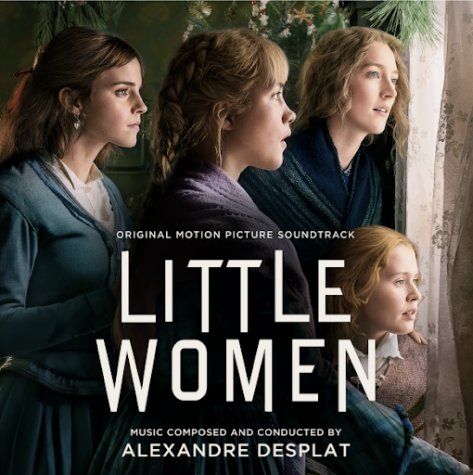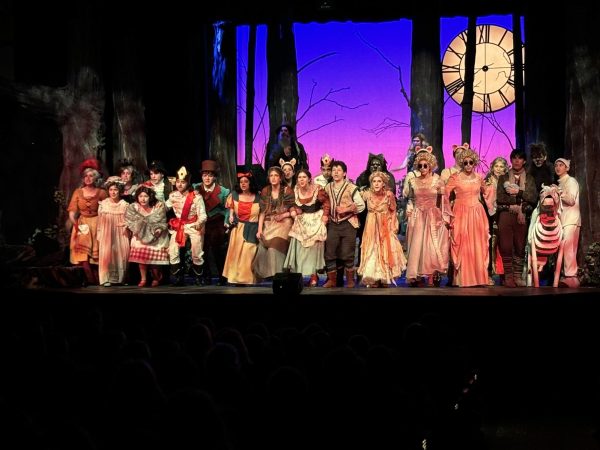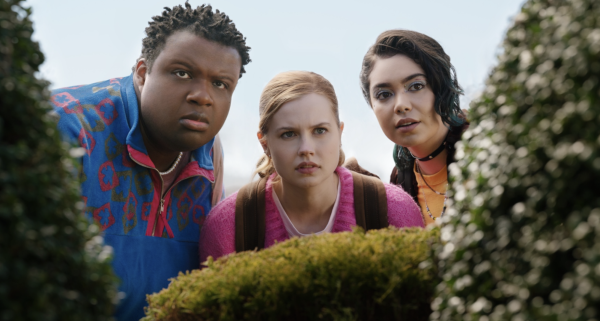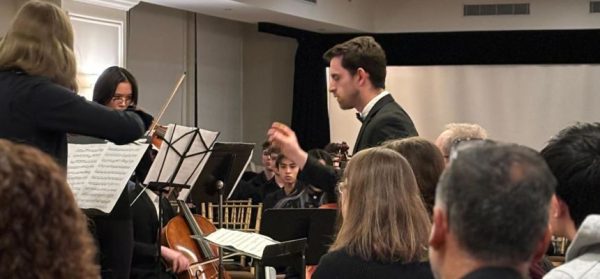Greta Gerwig’s adaptation of ‘Little Women’ retains its timelessness, but with a hint of modern complexity
 “Little Women” is a simplistic-yet-beautiful screen adaptation of the Louisa May Alcott novel it is based on. The film tells the story of Jo March (Saoirse Ronan), a writer based in New England, and her experience coming of age during the Civil War era. As the men are off fighting at war, the film focuses entirely on the lives of the women of the period. These “women of the period” are represented by the March family: Jo, her sisters Amy (Florence Pugh), Meg (Emma Watson), Beth (Eliza Scanlen), as well as their mother (Laura Dern) and great-aunt (Meryl Streep). The Marches are anything but typical as individuals, but it is their eccentricities that make them interesting, complex characters. Jo, for example, could never envision marriage, while Amy had planned to marry rich since young adulthood; while Meg is a sociable and outgoing actress, Beth rarely talks, instead spending hours alone at the piano.
“Little Women” is a simplistic-yet-beautiful screen adaptation of the Louisa May Alcott novel it is based on. The film tells the story of Jo March (Saoirse Ronan), a writer based in New England, and her experience coming of age during the Civil War era. As the men are off fighting at war, the film focuses entirely on the lives of the women of the period. These “women of the period” are represented by the March family: Jo, her sisters Amy (Florence Pugh), Meg (Emma Watson), Beth (Eliza Scanlen), as well as their mother (Laura Dern) and great-aunt (Meryl Streep). The Marches are anything but typical as individuals, but it is their eccentricities that make them interesting, complex characters. Jo, for example, could never envision marriage, while Amy had planned to marry rich since young adulthood; while Meg is a sociable and outgoing actress, Beth rarely talks, instead spending hours alone at the piano.
One of the film’s strongest points is its storytelling. The film switches frequently from the present, in which the girls have all gone on to lead their own lives, to various events in the past that were influential in the girls’ coming-of-age. The story flows well directly due to this choice, rather than in spite of it; it allowed me to make connections to earlier parts of the film based on interactions that had occurred between sets of characters later on. The ability of the film to develop several characters with detail is remarkable, especially since previous iterations of “Little Women” had focused so intensely on Jo’s story that other characters had become one-dimensional. In the current version, all four of the March sisters have their own unique traits. This also shows how the film has been adapted to modern times, with each of the sisters having a greater level of empowerment as well.
However, there is one character that I feel was underdeveloped – the girls’ childhood friend, Theodore “Laurie” Laurence (Timothee Chalamet). The character of Laurie is often used to serve the character development of the girls, but the film never explains details about Laurie himself. Moreover, he falls in love with both Amy and Jo (at different points in time), but the scenes in which Laurie professes his love to them are the rare instances in which the film feels overly dramatized. Because of this, Laurie feels notably less “real” than other characters, and is not very believable as a result.
Still, the majority of the film feels raw, simple, and honest. The story of “Little Women” is really a story within itself, as the novel Jo writes and publishes at the end of the film is revealed to be the story that was just shown to the audience. This detail makes the film feel more personal, as if it were an autobiographical documentary made by Jo March herself rather than a fictional work.
It would be wrong for me to write about “Little Women” without acknowledging director Greta Gerwig, who, along with Ronan, first found success in 2018 with the film “Lady Bird”. Both films are teenage girl coming-of-age stories, and both feature the sort of raw “human-ness” that has become typical of Gerwig.
While “Little Women” was received generally very well by audiences, it did not perform as well at the Oscars as initial acclaim would suggest. The film was nominated for 6 Oscars, including Best Picture, but only won for Best Costume Design. Still, despite this clear underperformance, “Little Women” is still very much worth seeing. I also have a feeling that this is just another step for the director and main actress of “Little Women” – as Gerwig and Ronan will no doubt come back even stronger in the future.
Grade: A-
Vikram Jallepalli is a senior at Pelham Memorial High School. Writing for the Examiner is his first role in journalism. He performs in Sock’n’Buskin...
















